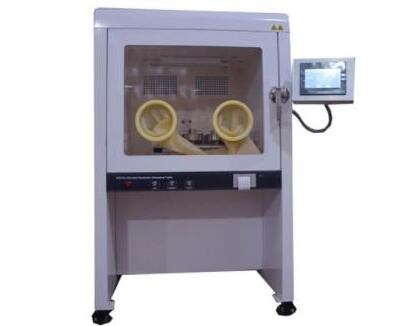
NewsInformation Center
Here's what you need to know about the Dry Resistance Microbial Penetrometer
2022/09/29
Microbial Penetrometer is a high-tech product for microbial colony analysis and particle size detection. Using its powerful software image processing function and scientific mathematical analysis method, it can quickly and accurately conduct microbial colony counting and particle size detection. It is suitable for microbial detection in hospitals, research institutes, health epidemic prevention stations, disease control centers, inspection and quarantine, quality and technical supervision, environmental testing agencies, pharmaceuticals, food and beverage, pharmaceutical and health care products and other industries.
The principle of using this instrument is to mount the specimen on a specific container so that the relaxation of the specimen is kept within a controlled range. A certain amount of talc containing Bacillus subtilis is added on top of the specimen and the specimen is vibrated at a certain frequency by a pneumatic ball vibrator. The contaminated talc powder will penetrate the specimen and fall to the bottom of the Petri dish, and then incubate in a constant temperature Petri dish and count the results.

By dry microbial penetration, it means that under dry conditions, microorganisms will penetrate the barrier material with dry organic or inorganic particles, such as dander carrying pathogens, cloth fibers and airborne particles, through a physical combination of air movement and mechanical vibration. Therefore, it is necessary to control the penetration of dry microorganisms and improve the protective performance of surgical gowns and surgical sheets.
The dry state microbial penetration blocker is used with each container placed in a sterilized bag. After sterilization, the bottom of the container is fixed to the slab with a fixing plate and clips. For aseptic operation, the specimen was fixed to the test vessel through the vessel lid and the piston was pushed completely downward to ensure a consistent slackness of the specimen. 0.5 g + 0.1 g of bacterial talc was added to the specimens through each piston port, and the same amount of uninfected talc was added to a sixth container (as a control).
Close the piston ports with film and cover each container with a small plastic bag. Insert the Petri dish into the slot at the bottom of each container and close the opening with tape. Assemble and shake at a frequency of 20,800 times/min for 30 minutes. Remove the Petri dishes and incubate at 35°C for 24h to count the colony formation. The reading of the reference plate should be 0. Otherwise, it indicates the presence of external contamination and the test should be stopped. The experiment was performed twice and 10 valid results were obtained and the arithmetic mean was calculated.
The above is the content of the dry-state microbial penetrometer.
Previous: 2022 IFTF Textile Machinery Seminar Held, Advocating to Promote Global Industry
N e x t : What are the preparations before the operation of the salt spray test chamber?



